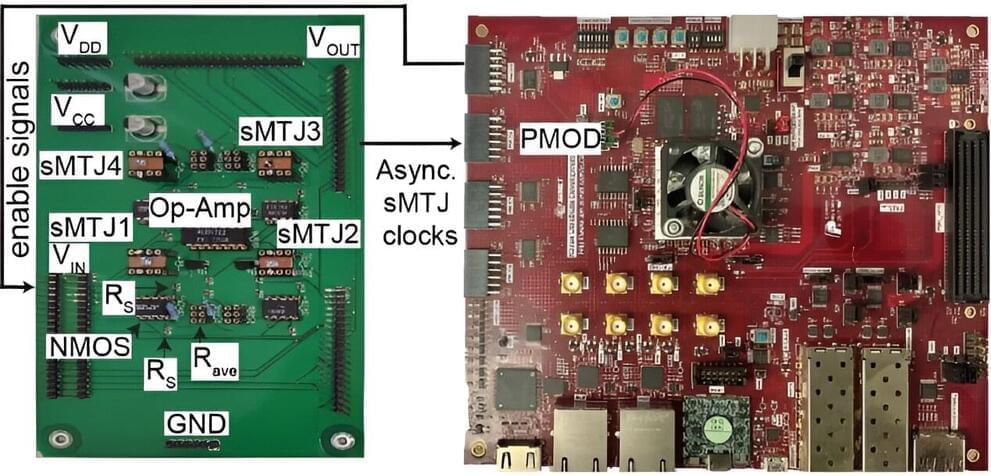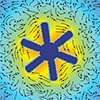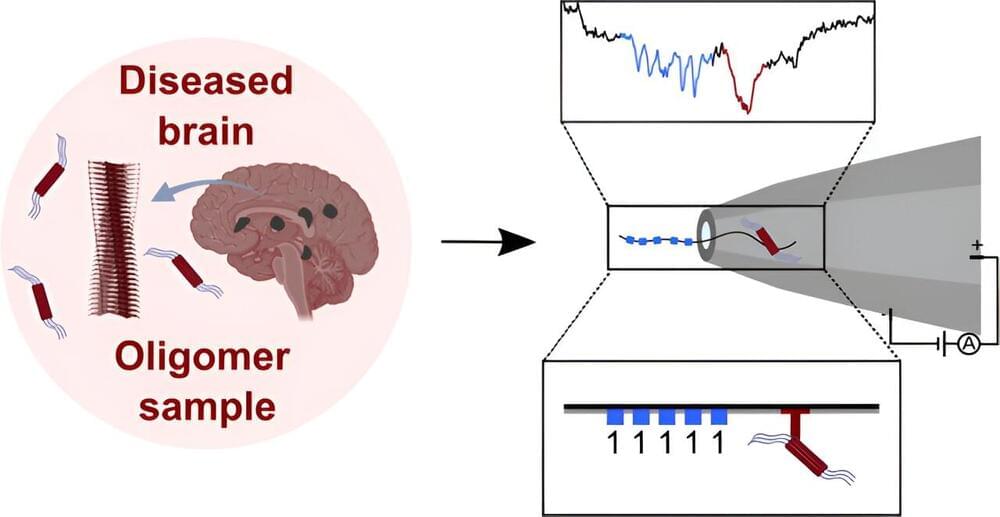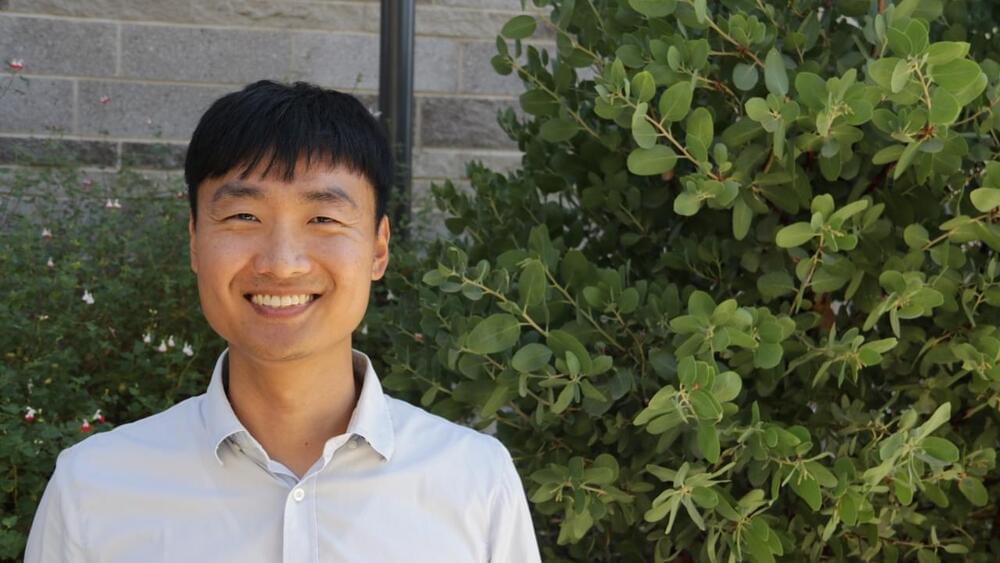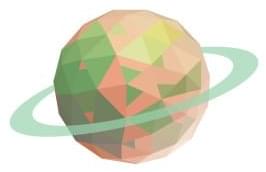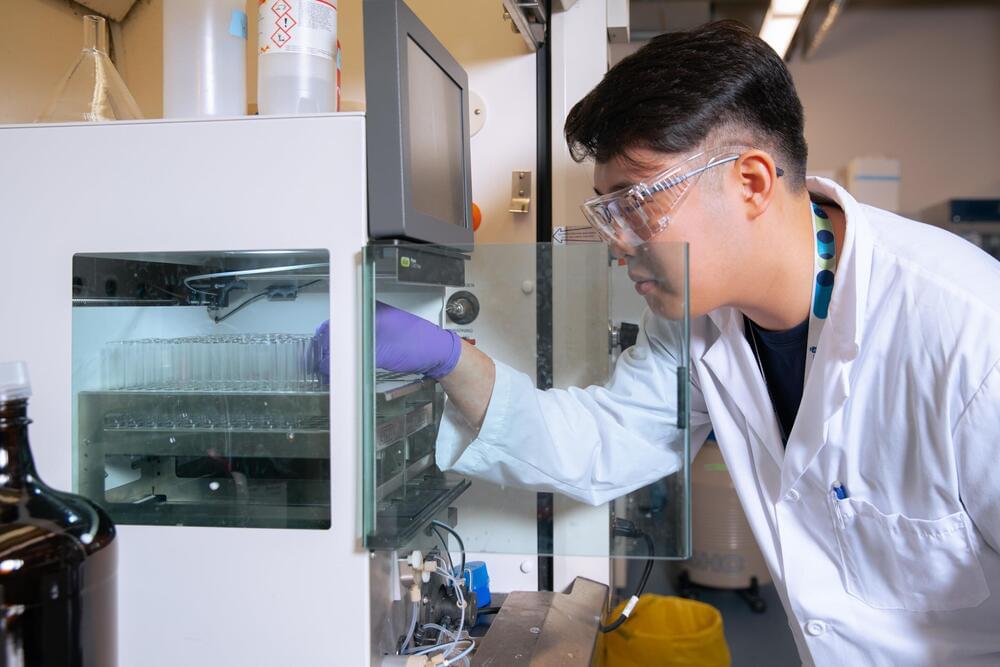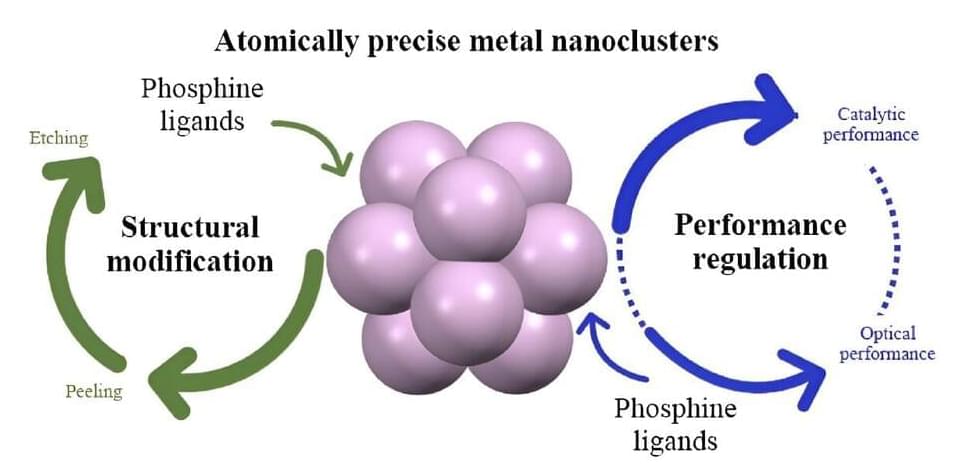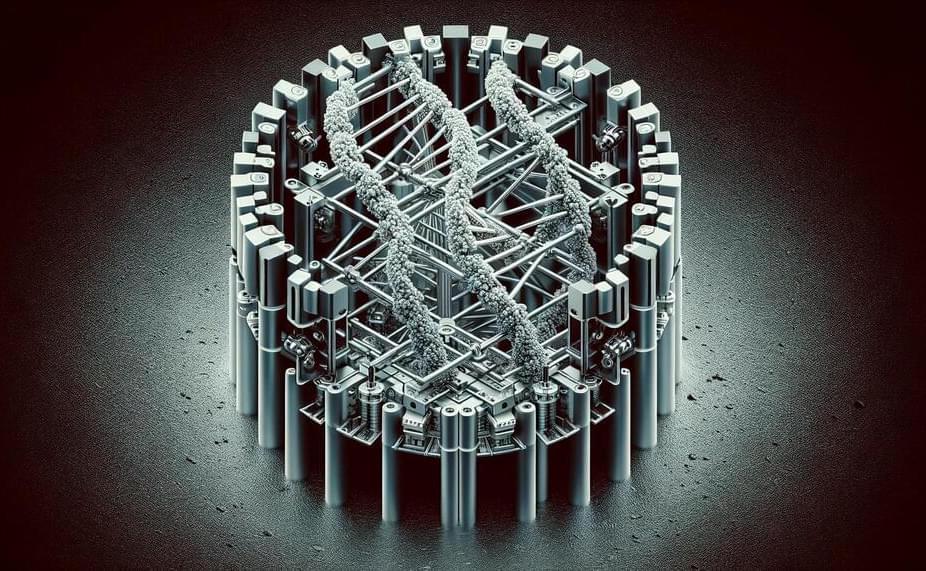Dec 13, 2023
Researchers develop spintronic probabilistic computers compatible with current AI
Posted by Cecile G. Tamura in categories: nanotechnology, particle physics, robotics/AI
Moore’s Law predicts that computers get faster every two years because of the evolution of semiconductor chips.
Researchers at Tohoku University and the University of California, Santa Barbara, have shown a proof-of-concept of energy-efficient computer compatible with current AI. It utilizes a stochastic behavior of nanoscale spintronics devices and is particularly suitable for probabilistic computation problems such as inference and sampling.
The team presented the results at the IEEE International Electron Devices Meeting (IEDM 2023) on December 12, 2023.
